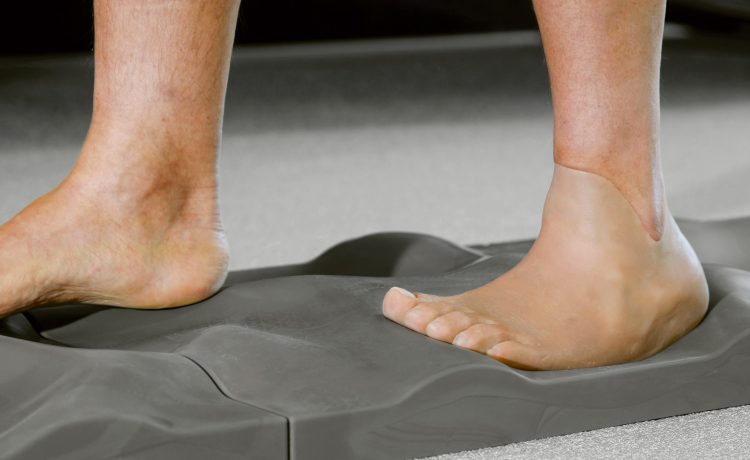Advancements in prosthetic technology have brought forward innovative solutions for individuals who have undergone toe and partial foot amputations. These specialized areas of prosthetics present unique challenges, as the restoration of balance, gait, and the ability to engage in daily activities hinges on the precise design and functionality of the prosthesis. This article explores the state-of-the-art in prostheses for amputated toes and partial foot amputations, underscoring the importance of innovative design in enhancing the quality of life for amputees.
Challenges in Toe and Partial Foot Prosthetics
Toe and partial foot amputations can significantly affect a person’s balance and gait. The toes play a critical role in supporting weight, enabling push-off during walking, and maintaining balance. As such, prosthetics in this category need to be meticulously designed to replicate these functions as closely as possible. The main challenges include:
- Restoring Balance and Stability: Achieving a prosthesis that helps maintain natural balance and stability during movement.
- Mimicking Natural Gait: Designing prostheses that allow for a natural gait cycle, preventing compensatory movements that could lead to additional strain on other parts of the body.
- Aesthetics and Comfort: Creating a prosthesis that is not only functional but also comfortable and aesthetically pleasing for the wearer.
Innovative Solutions in Prosthetics
Recent advancements in prosthetic technology have led to the development of solutions that address these challenges effectively:
- Customized Silicone Prostheses: Silicone prostheses for amputated toes are custom-made to match the individual’s skin tone and foot contour, offering both aesthetic and functional restoration.
- 3D Printed Prosthetics: The use of 3D printing technology allows for the creation of highly customized and precise prosthetic solutions, improving the fit and functionality for partial foot amputations.
- Dynamic Response Feet: These prosthetic feet incorporate flexible materials and innovative designs to mimic the natural flex and movement of the foot, improving gait and comfort.
The Role of Prosthetic Providers
Choosing the right prosthetic provider is crucial in finding the best solution for toe and partial foot amputations. Providers like Prime Care Orthotics specialize in offering a range of prosthetic solutions, including prosthesis for amputated toes, ensuring that each individual’s needs are met with the most advanced options available. Their expertise in customizing prosthetics to fit the unique requirements of each case ensures that amputees can achieve the best possible outcome in terms of mobility, balance, and quality of life.
Conclusion
The field of prosthetics for toe and partial foot amputations is evolving rapidly, with innovative solutions continually emerging to meet the unique needs of amputees. Through the combination of advanced technology, customized design, and the expertise of specialized providers, individuals who have undergone such amputations can find effective solutions that restore their ability to engage in daily activities, maintain balance and gait, and enjoy a high quality of life.













